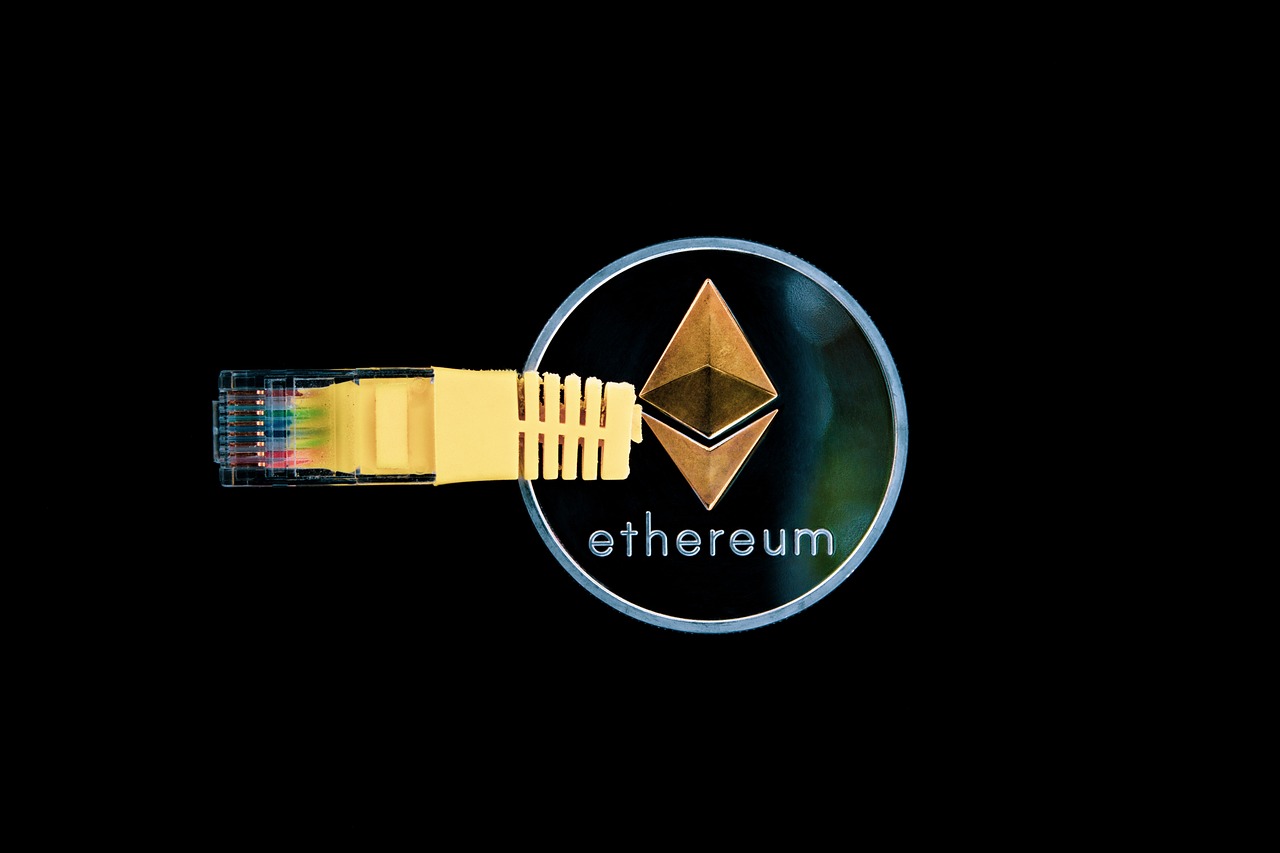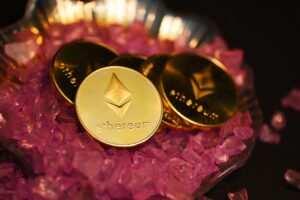The Ethereum ecosystem is a decentralized platform that enables the creation and execution of smart contracts. Unlike Bitcoin, which is primarily a digital currency, Ethereum is a blockchain-based platform that allows developers to build and deploy decentralized applications (DApps). These applications are powered by smart contracts, which are self-executing contracts with the terms of the agreement directly written into code.
The Ethereum ecosystem is built on the Ethereum Virtual Machine (EVM), which runs on a network of computers around the world. This decentralized nature ensures that no single entity has control over the platform, making it resistant to censorship and fraud. Ethereum’s blockchain technology also provides transparency and immutability, as all transactions and smart contracts are recorded on the blockchain and cannot be altered.
Understanding smart contracts
Smart contracts are one of the key components of the Ethereum ecosystem. They are self-executing contracts that automatically perform the terms of an agreement when certain conditions are met. Smart contracts eliminate the need for intermediaries, such as lawyers or banks, as the terms of the contract are directly written into code and executed by the Ethereum network.
Smart contracts have a wide range of applications, from financial services to supply chain management. For example, a smart contract can be used to facilitate a peer-to-peer lending agreement, where borrowers can request loans directly from lenders without the need for a traditional financial institution. The terms of the loan, including interest rates and repayment schedules, are automatically enforced by the smart contract.
The role of Ether in the Ethereum ecosystem
Ether (ETH) is the native cryptocurrency of the Ethereum ecosystem. It serves as the fuel that powers the network and is used to pay for computational resources, such as executing smart contracts and running decentralized applications. Ether can also be used as a medium of exchange, similar to traditional currencies.
In addition to its utility within the Ethereum ecosystem, Ether has also gained popularity as a speculative investment. Its value is determined by supply and demand dynamics, as well as market sentiment. Investors can buy and hold Ether in the hopes that its value will increase over time.
Ethereum mining and consensus mechanisms
Ethereum uses a consensus mechanism called Proof of Stake (PoS) to validate transactions and secure the network. In PoS, validators are chosen to create new blocks and validate transactions based on the amount of Ether they hold and are willing to “stake” as collateral. This system is more energy-efficient compared to the Proof of Work (PoW) mechanism used by Bitcoin, as it does not require miners to solve complex mathematical problems.
Mining Ether involves participating in the validation of transactions and creation of new blocks on the Ethereum blockchain. Miners, or validators, are rewarded with newly minted Ether for their contributions to the network. However, with the transition to PoS, mining will become obsolete, and validators will earn rewards by simply holding and staking their Ether.
Decentralized applications (DApps) on Ethereum
Decentralized applications, or DApps, are applications that run on the Ethereum blockchain. These applications are open source and operate autonomously, without the need for a central authority. They leverage the transparency and security provided by blockchain technology to enable new types of services and business models.
DApps have the potential to disrupt various industries, including finance, gaming, and supply chain management. For example, decentralized finance (DeFi) applications on Ethereum enable users to lend, borrow, and trade digital assets without the need for intermediaries. This opens up opportunities for financial inclusion and empowers individuals to have more control over their financial transactions.
Popular projects and tokens in the Ethereum ecosystem
The Ethereum ecosystem has given rise to a multitude of projects and tokens that leverage the platform’s capabilities. Some of the most popular projects include:
- Chainlink (LINK): Chainlink is a decentralized oracle network that connects smart contracts with real-world data. It enables smart contracts to interact with external systems and APIs, making it a crucial component for the development of complex decentralized applications.
- Uniswap (UNI): Uniswap is a decentralized exchange protocol built on the Ethereum blockchain. It allows users to trade ERC-20 tokens directly from their wallets, without the need for intermediaries. Uniswap uses an automated market maker mechanism to provide liquidity and determine prices.
- Aave (AAVE): Aave is a decentralized lending platform that allows users to lend and borrow digital assets. It uses smart contracts to facilitate peer-to-peer lending agreements, enabling users to earn interest on their deposits or borrow assets by providing collateral.
Investing in Ethereum: Risks and rewards
Investing in Ethereum can offer both risks and rewards. On the one hand, Ethereum has established itself as the leading platform for decentralized applications and smart contracts, with a vibrant developer community and a wide range of use cases. Its native cryptocurrency, Ether, has also shown significant growth in value over the years.
However, investing in Ethereum also comes with risks. The cryptocurrency market is highly volatile, and the value of Ether can fluctuate dramatically in a short period. Regulatory uncertainty and security vulnerabilities are also potential risks to consider. It’s important for investors to conduct thorough research, diversify their portfolios, and only invest what they can afford to lose.
Conclusion
The future of Ethereum looks promising, as the platform continues to evolve and expand its capabilities. With ongoing developments such as Ethereum 2.0, which aims to improve scalability and energy efficiency, the Ethereum ecosystem is poised for further growth and adoption. The platform’s ability to enable decentralized applications and smart contracts has the potential to revolutionize various industries and empower individuals around the world.
As an investor, understanding the Ethereum ecosystem and its underlying technology is essential for making informed investment decisions. By staying informed about the latest developments, evaluating the risks and rewards, and diversifying your portfolio, you can position yourself to take advantage of the potential opportunities offered by Ethereum and contribute to the growth of the ecosystem.
Investing in cryptocurrencies and blockchain projects involves risk. The content of this article is for informational purposes only and should not be considered financial or investment advice. Always do your own research and consult with a professional before making any investment decisions.




